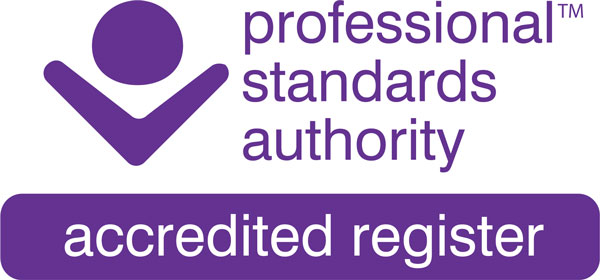7:11 breathing: how does deep breathing make you feel more relaxed?
Many online articles now advocate breathing techniques as a way to lessen anxiety and control stress levels – but we have noticed that many fail to explain how such breathing can lower emotional arousal.
The answer is very simple, and once grasped, provides an extra layer of understanding which might encourage more of us to try this simple and effective tool to control our anxiety levels. Breathing techniques are not just ‘mind tricks; they produce a bodily response that lowers your anxiety in a very physical way.
Deep-breathing techniques all have one thing in common: they work by stimulating what is known as the parasympathetic nervous system. You may have heard of the ‘fight-or-flight’ response – this is the colloquial term used to describe what happens when the sympathetic nervous system, which gets us ready for any kind of action, including getting out of bed in the mornings, starts working even harder because we perceive we are under serious threat. It triggers various bodily reactions which prepare us for fight or flight. If the threat isn’t concrete (eg worrying about getting fired), the ‘fight-or-flight’ reaction can’t be discharged and is experienced as anxiety.
The parasympathetic nervous system operates in the opposite way from the sympathetic nervous system – it is a state of calm, often described as ‘rest and digest’ because it allows the body to relax and carry out normal functions. Deep breathing stimulates this response. So when we feel highly threatened but can’t do anything to change the situation, or know that staying calm would help us, breathing deeply is invaluable. Out-breaths decrease our blood pressure, dilate our pupils and slow our heart rate – lowering emotional arousal in the process. Practising a breathing technique a few times a day can lower our overall stress levels in the long term.
It is important to realise that it is the out-breaths that stimulate the response, so it stands to reason that a breathing technique with longer out-breaths than in-breaths will be effective in lowering emotional arousal.
Which breathing technique should I use?
On our Human Givens College training courses, we teach a technique called 7:11 breathing, and it is the most powerful technique we know.
Here is how you do it, and it is as easy as it sounds:
1 – breathe in for a count of 7
2 – then breathe out for a count of 11
Make sure that, when you are breathing in, you are doing deep ‘diaphragmatic breathing’ (your diaphragm moves down and pushes your stomach out as you take in a breath) rather than shallower breathing, which just inflates your chest.
If you find that it’s difficult to count to 7 and 11, then reduce the count to breathing in for 3 and out to 5, or whatever suits you best, as long as the out-breath is longer than the in-breath.
Continue in this way for 5–10 minutes or longer if you have time – and enjoy the calming effect it will have on your mind and body. An added bonus of 7:11 breathing is that the very act of counting to 7 or 11 is a distraction technique, helping take your mind off your immediate concerns.
This 7:11 breathing technique for relaxing quickly is the most powerful we know and has been used for thousands of years throughout the world.

